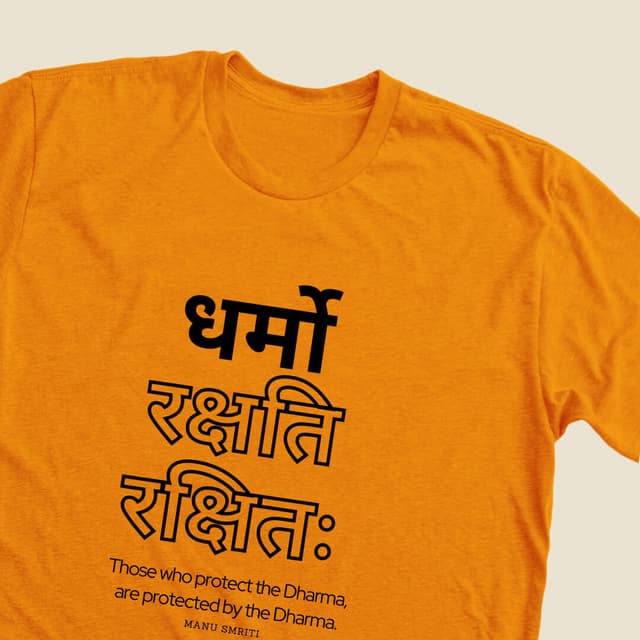Natya Shastra
The myth of the origin of theatre in India, told at the very beginning of the Natyashastra, or the Drama Manual, shows the central role of theatre and dance in Indian culture. Natya, the art of theatre (including dance), was the work of God Brahma, the creator, who was asked to give mankind a fifth Veda, which, unlike the four earlier Vedas, could be understood by everyone, even those who did not know Sanskrit (i.e., the two lowest casts). Thus Brahma created the Natya Veda, with the assistance of other gods. Natya was then taught by God Brahma to the mythic sage Bharata, who is said to have recorded this teaching in the Natyashastra. The origin of the book is thus shrouded in mythology, but the work itself is indeed living reality. The Natyashastra is probably the world’s largest and most comprehensive theatre and dance manual, and it still forms the foundation of the classical forms of theatre and dance in India. The instructions of the Natyashastra became established through centuries of practical theatre work. The compilation of this treatise dates back most probably to the second century AD, although the tradition formulated in it was older. Most probably it preserves information and practices that for generations had already originally been conveyed orally. Natyashastra’s 36 chapters give instructions on almost all aspects of theatre and dance: the theatre building, the stage, the theory of poetry, the use of the voice, make-up, costume, acting styles, dance techniques, and even theatre criticism.
Chapter Description Not Available
Help us improve by contributing the description for this chapter.
Submit via WhatsApp...




